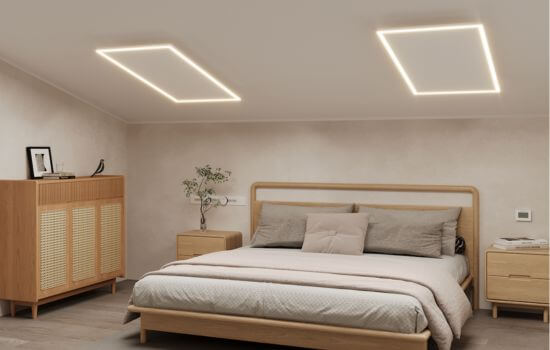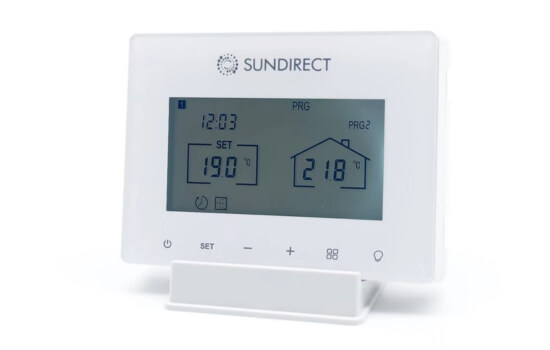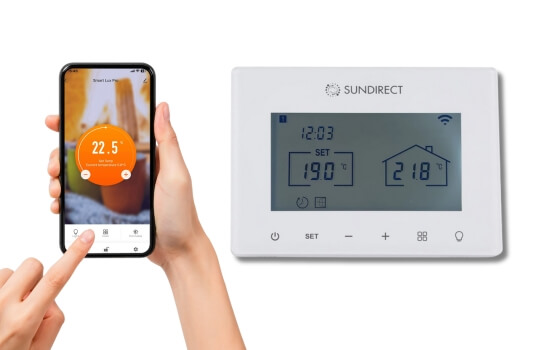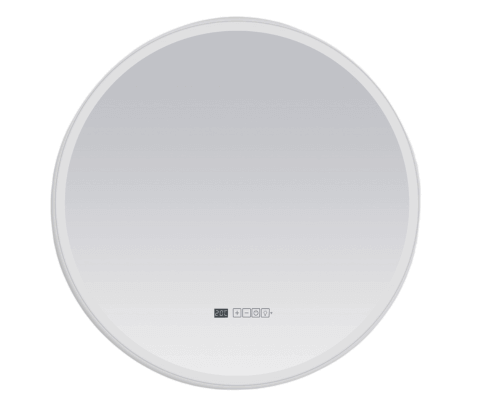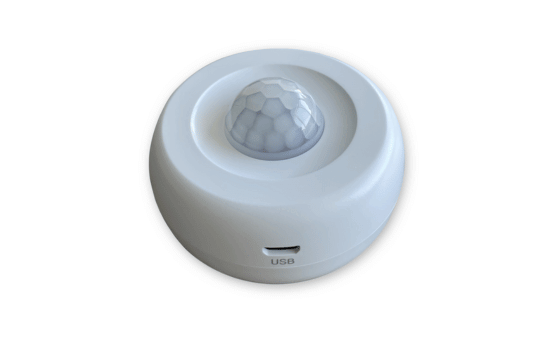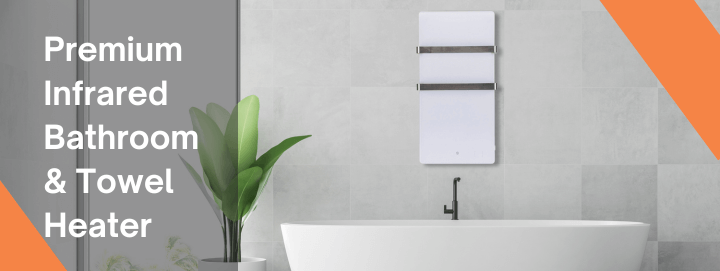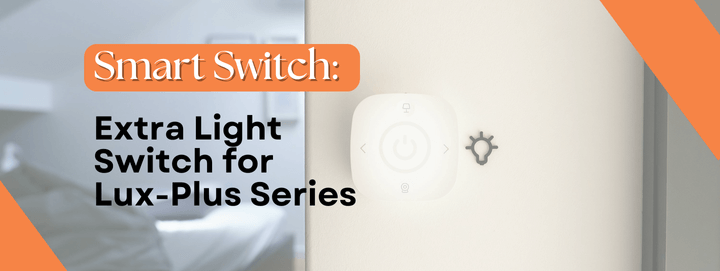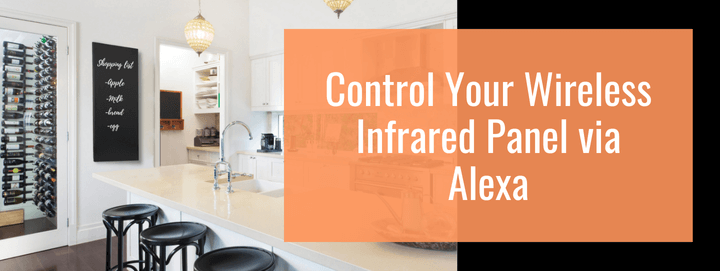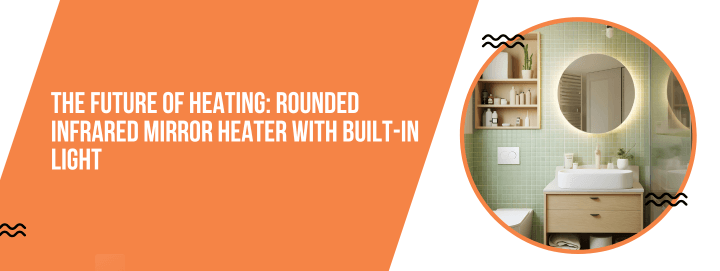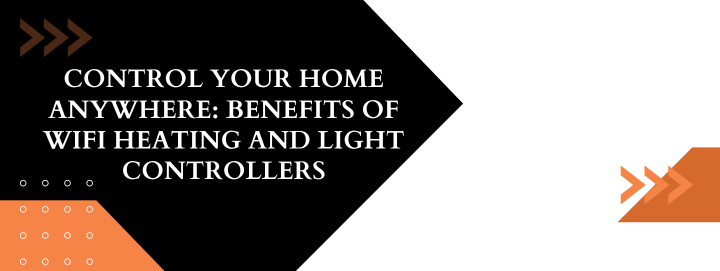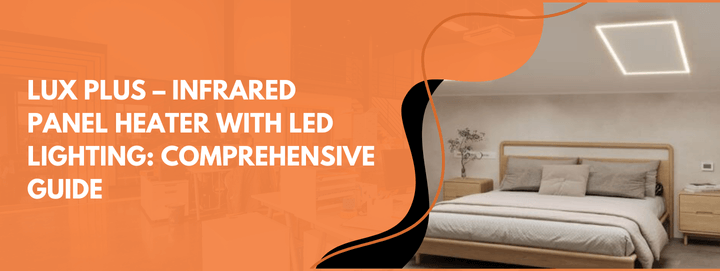With European winters becoming colder and energy prices fluctuating, homeowners are increasingly searching for efficient, cost-effective heating solutions. Infrared panel heaters have emerged as a popular choice, praised for their innovative technology and unique benefits. But are they truly worth it? According to experts, the answer is a resounding yes. Let’s dive into the reasons why.
1. Energy Efficiency That Saves You Money
One of the most significant advantages of infrared panel heaters is their superior energy efficiency. Unlike traditional convection heaters that warm the air, infrared heaters directly heat objects, people, and surfaces. This process minimizes energy waste and delivers faster, more targeted warmth.
Expert Insight: Studies show that infrared heating can reduce energy consumption by up to 30% compared to traditional systems, making it a cost-effective choice for European households aiming to cut utility bills.
2. Comfortable and Natural Heat
Infrared panel heaters replicate the warmth of sunlight, providing a natural and soothing heat that feels more comfortable than the dry air produced by conventional heaters.
Why It Matters: This type of heat promotes even warmth throughout the room, avoiding cold spots and ensuring that everyone feels cozy—ideal for chilly European nights.
3. Eco-Friendly Heating Solution
Sustainability is a growing concern in Europe, and infrared panel heaters align perfectly with eco-conscious living. They produce zero emissions and are compatible with renewable energy sources like solar panels.
Pro Tip: Pairing an infrared heater with green energy options can drastically reduce your carbon footprint, making it an excellent choice for environmentally conscious households.
4. Sleek and Space-Saving Design
Infrared panel heaters are designed with aesthetics in mind. Their slim, frameless designs can seamlessly blend into any modern interior. Some models even double as mirrors or decorative panels, adding functionality and elegance to your living space.
Why Experts Recommend It: Their wall- or ceiling-mounted options save valuable floor space, making them perfect for apartments or smaller homes common in many European cities.
5. Health Benefits You’ll Love
Traditional heaters can circulate dust, allergens, and dry air, which may exacerbate respiratory issues. Infrared heaters, however, operate without moving air, creating a cleaner and healthier environment.
Health Highlight: Experts recommend infrared heaters for people with asthma, allergies, or sinus sensitivities. The gentle, radiant heat also helps improve blood circulation and alleviate joint pain.
6. Durability and Low Maintenance
Infrared panel heaters are built to last, with many models offering a lifespan of up to 20 years. They require minimal maintenance, saving you time and money in the long run.
Fact: Unlike traditional heating systems, infrared heaters have no moving parts, reducing the risk of breakdowns and costly repairs.
7. Fast Heating for Instant Comfort
Waiting for a room to heat up is a thing of the past with infrared technology. Infrared panel heaters start working immediately, delivering warmth within seconds of being turned on.
Expert Opinion: This quick heat-up time makes infrared panels ideal for rooms that are used sporadically, such as home offices, guest bedrooms, or even garages.
8. Versatile Applications for Every Space
Infrared panel heaters aren’t limited to residential use. They’re also widely used in commercial spaces like restaurants, offices, and outdoor patios. Their ability to provide targeted heating makes them incredibly versatile.
Example: Outdoor infrared heaters allow cafes and restaurants to extend their seating into colder months, creating cozy alfresco dining experiences.
9. Smart Technology for Modern Living
Many infrared panel heaters now come with advanced features such as Wi-Fi connectivity, programmable timers, and compatibility with smart home systems.
Why It’s Great: You can control your heater remotely, optimizing energy usage and ensuring your home is warm and welcoming the moment you walk through the door.
10. Cost-Effective Installation
Infrared panel heaters are easy to install, with many models requiring nothing more than mounting and plugging in. This simplicity eliminates the need for complex ductwork or expensive professional installations.
Expert Advice: For renters or those looking for temporary heating solutions, infrared panels provide a hassle-free and portable option.
Final Thoughts: Why Infrared Panel Heaters Are Worth It
Infrared panel heaters combine cutting-edge technology with practical benefits, making them an excellent investment for European homes. From energy savings and health advantages to sleek designs and eco-friendly operation, they check all the boxes for modern heating solutions.
As experts continue to champion their advantages, it’s clear that infrared panel heaters aren’t just worth it—they’re the future of efficient and sustainable home heating.
Ready to Upgrade Your Heating? Explore our range of high-quality infrared panel heaters today and experience the difference for yourself!

